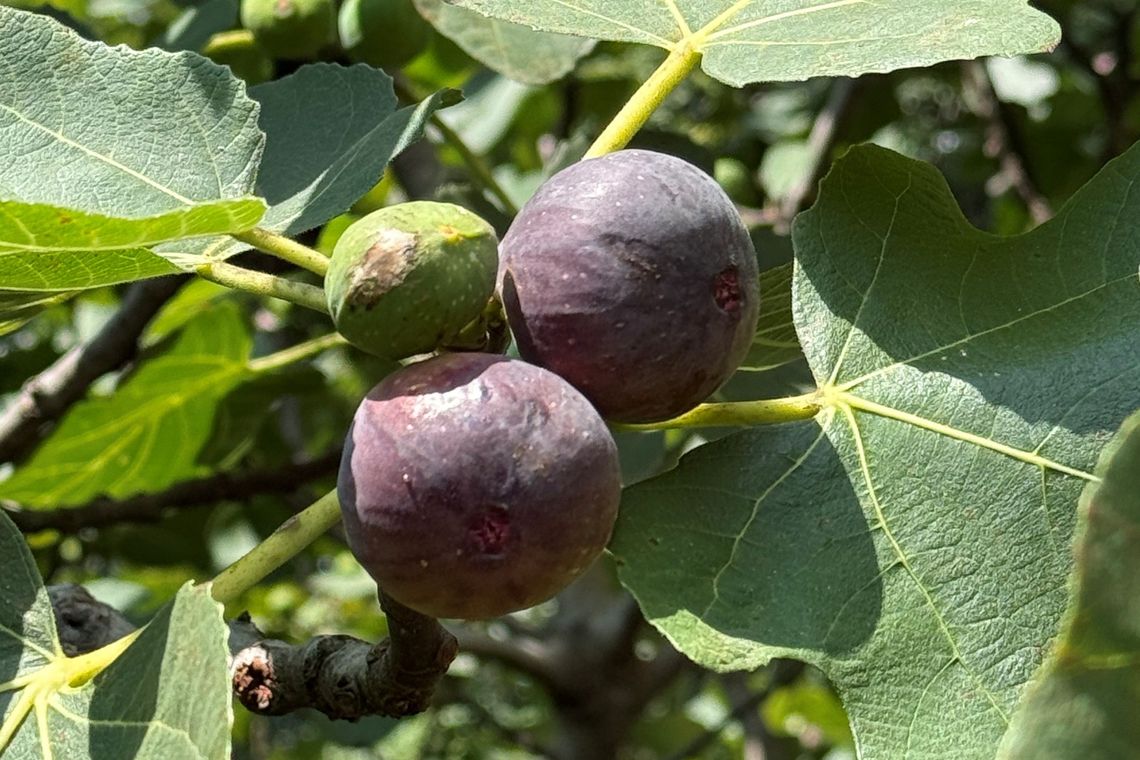



How to Grow Lavender
gardening projects
plant care

By Jenny Rose Carey
As we prepare for the upcoming PHS Philadelphia Flower Show -- Saturday, February 29 through Sunday, March 8 -- with its enticing theme of "Riviera Holiday," we start thinking of all the Mediterranean plants that we will see featured in the exhibits this year, from olive trees to rosemary, citrus trees to lavender. These plants naturally grow in a different climate to ours where the winter is wet but not too cold, and with a warm but not humid summer. Some of the plants of this region struggle in our climate but there are some that we can grow with just a little extra care. Lavender is one of the favorite Mediterranean herbal plants that we can grow in our gardens here in the Mid-Atlantic.

6 tips for Growing Lavender:
- Watering: Lavender has silver leaves so don’t water the leaves, water the roots and keep the foliage dry. Allow the soil to dry out between waterings, and do not overwater by leaving a saucer under lavender in a pot.
- Improve drainage: Give lavender plants really good drainage. If you are planting in a pot or in the ground add extra gravel grit or stones to the soil to help the water drain away from the roots. Use extra gravel as a mulch around the crown of the plant. If you plant in the ground, create a raised planting bed for the lavender plants – on top of a retaining wall is the best place for lavenders. Do not add too much organic matter to the soil as it makes the soil soggy.
- Timing of cutting back: Lavender is sometimes described as a ‘sub-shrub’ – sort of like a mini shrub. The bottom part of the lavender stems become woody and tough. When you cut a lavender plant back don’t cut into the woody area too much. If you have lavender in the ground, do not cut them back until you see the first signs of growth in the spring. Lavender plants can only be trimmed back right after flowering and late in the spring. Cutting them back in the fall often kills them.
- Do not over-fertilize: Lavender does best on slightly alkaline soils so add some lime or wood ashes from the fireplace if you have them.
- Let the sun shine: The best growth on lavender will be in full sun – six or more hours of sunlight a day. They will grow in fewer hours of sun, but they do not flower as well.
- Harvesting: If you want to harvest lavender flowers for drying to scent a potpourri or lavender sachet, pick the whole flower spike just as the flowers are opening and dry the whole stem upside down in a paper bag.
Enjoy the lavender throughout this year's Flower Show and then enjoy them in your home garden this summer!
Want to learn more? Sign up for PHS's monthly newsletter for more gardening tips and tricks.


